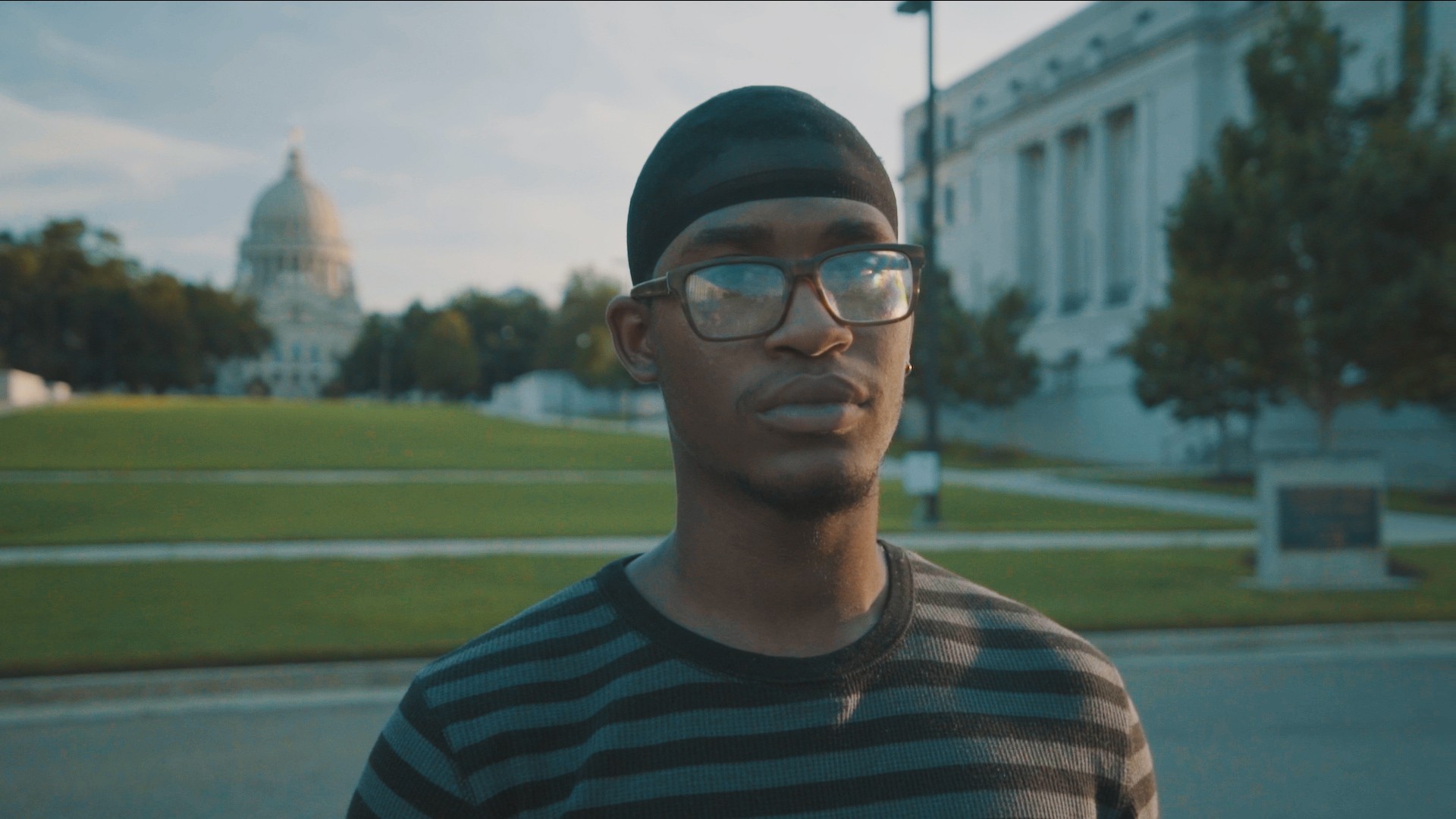Getty Images
One of the reasons HIV initially went undiscovered for so long is that people can have it for a long time without showing any symptoms. Widespread and regular testing can cut the time between infection and diagnosis, which is why health authorities encourage it. This week they’ve announced some progress: half of the 39,720 people newly diagnosed with HIV in 2015 had the virus for at least three years, according to a new report from the Centers for Disease Control and Prevention (CDC).That may still sound like a long time to not know, but it’s a marked improvement. In 2011, the last time the CDC took the measure, half of the newly diagnosed people had HIV for 3.6 years or longer, so the delay has been shortened by seven months, on average. The shrinking window between infection and detection suggests that public health outreach has had an effect, likely encouraging more people to get tested more often and learn about early treatment so they don’t transmit the virus to others. CDC campaigns like “Testing Makes Us Stronger,” aimed at 11 cities across the country, and the more recent “Doing It” (testing for HIV, that is) have raised awareness and have had a noticeable effect.The report brings good news ahead of Friday’s World AIDS Day, but that doesn’t mean the battle is over. A full 25 percent of people diagnosed with HIV in 2015 had been infected for at least seven years before they found out. All told, an estimated 15 percent of people living with HIV in 2015 didn’t know they were infected. Half of those people lived in the South, where finding testing and treatment—and acceptance—can be especially difficult. Not knowing your status is a big problem: The CDC estimates that 40 percent of new HIV infections are transmitted by someone who didn’t know they had the virus.
More from Tonic:
Seven in ten people considered at high risk for HIV (including sexually active gay and bisexual men, people who inject drugs, people with multiple sex partners) did see a healthcare provider in the past year but didn’t get tested; the CDC described this as a missed opportunity.The report underscores that progress in the HIV fight has been uneven, varying by geography, gender, age, and race. Half of black Americans had been infected for 3.3 years before being diagnosed; for white people with HIV, the gap was 2.2 years. That’s despite the fact that black people were more likely than white people to have been tested for HIV in the previous year. And while overall infection rates are down, a CDC report earlier this year projected that one in two black men who have sex with men (MSM) will be infected with HIV during their lifetimes. Latinos and Asian Americans also had longer median times to diagnosis than their white peers, at 3.3 years and 4.2 years, respectively.The data showed important differences based on sexual orientation. For heterosexual men, the median time to diagnosis was five years; heterosexual women had a median time of half that. For gay and bisexual men, the median was three years.And age played a role as well. Older patients went longer without being diagnosed. Among those 55 and older who were newly diagnosed, the median time was 4.5 years or more; among those 34 and younger, it was about 2.5 years.In 2015, 1.2 million Americans were living with HIV, and this latest report gives us a better sense of what progress we’ve made in understanding who they are. CDC Director Brenda Fitzgerald told reporters that the statistics are "more encouraging signs that the tide continues to turn on our nation's HIV epidemic," according to the Los Angeles Times. Annual infections have dropped, she said, while more people with HIV have it under control—and being diagnosed and on antiretroviral therapy means not spreading the virus. "While we celebrate our progress, we pledge to work together to end this epidemic forever," she said.Read This Next: I Prefer to Date Men Who are HIV Positive
Advertisement
More from Tonic:

Seven in ten people considered at high risk for HIV (including sexually active gay and bisexual men, people who inject drugs, people with multiple sex partners) did see a healthcare provider in the past year but didn’t get tested; the CDC described this as a missed opportunity.
Advertisement